As a pet owner, you’ve likely spent a fair amount of time considering your furry friend’s grooming needs—brushing their coat, trimming their nails, perhaps even cleaning their ears. But there’s one crucial aspect of pet hygiene that often goes overlooked: the hair on the bottom of their paws. While it might seem like a minor detail, the state of your pet’s paw pads and the fur around them can significantly impact their comfort, health, and safety. This isn't just about aesthetics; it's a fundamental part of responsible pet care that, when done correctly, can prevent a host of problems.
Many owners are surprised to learn that their dog or cat even needs this kind of attention. After all, in the wild, animals don’t have anyone to trim their paw fur for them. However, our domestic companions live in a very different world. They traverse slick hardwood floors, padded carpets, and rough concrete sidewalks—surfaces their wild ancestors never encountered. The hair that grows between their paw pads, often called “toe feathers” in some long-haired breeds, might have served an evolutionary purpose for insulation or traction on natural terrain. In our modern homes, however, it can become a liability.
Let’s talk about why this is so necessary. The primary issue is traction. When the hair between the pads becomes too long, it acts like a pair of fuzzy socks on a freshly waxed floor. Your pet loses their grip. You’ll often see them skidding, slipping, or doing an awkward split as they try to navigate your kitchen or hallway. For older pets or those with existing joint issues like arthritis or hip dysplasia, this lack of stability isn’t just an inconvenience; it’s a genuine hazard that can lead to painful falls, strains, or other injuries. Maintaining traction is a simple yet effective way to support their musculoskeletal health.
Beyond the slipping risk, overgrown paw hair is a magnet for trouble. It’s the perfect trap for all manner of debris. In the winter, it can collect and compact painful balls of ice and rock salt between the pads, which can cause cracking, bleeding, and chemical burns from de-icing agents. In the warmer months, it can hide burrs, foxtails, and sharp gravel. I once had to help a friend extract a tiny piece of glass that had become embedded in the thick fur of her Golden Retriever’s paw; the dog had been limping for a day before they found the cause. This trapped moisture and debris also creates a dark, damp, and warm environment—the perfect breeding ground for bacteria and yeast, which can lead to skin infections, hot spots, and a persistent, unpleasant odor.
Furthermore, letting that fur grow wild makes it incredibly difficult to properly inspect your pet’s paws. You could miss early signs of problems like cuts, cracks, torn nails, blisters, or even tiny parasites like ticks that have latched on between the toes. Regular trimming keeps the area visible and accessible, allowing you to catch small issues before they become big, expensive veterinary problems. It’s a proactive measure that complements your overall health monitoring routine.
Now, before you grab any old pair of scissors, it’s vital to understand that this is a delicate operation. The skin on a pet’s paw pads is incredibly sensitive, and there’s very little room for error. The goal is to trim the hair that is protruding past the pad or growing thickly between the pads, not to shave the pad itself or cut the whiskers around the paw (which are important sensory tools for your pet). Using the wrong tool or technique can easily lead to a nasty cut and a profound loss of trust between you and your animal.
The absolute, non-negotiable rule is to use blunt-tipped scissors specifically designed for pet grooming. Never, ever use sharp-pointed sewing or paper scissors. A nervous twitch from you or a sudden jerk from your pet could result in a serious puncture wound. Grooming scissors with rounded ends are a must for safety. Some pet owners also prefer to use a small electric trimmer with a safe guard attachment for a quicker and potentially even safer job, especially on very anxious or wiggly pets. The gentle hum can be less startling than the snip-snip of scissors.
Timing and setting are everything. Never attempt this right after a walk when your pet is still excited or hyped up. Likewise, don’t try it when you’re in a rush or feeling frustrated. Choose a time when your dog or cat is naturally calm and sleepy, perhaps after a meal or a long play session. Make sure you’re in a well-lit, quiet area where your pet feels secure. Have a high-value treat like small pieces of chicken or cheese on hand to reward calm behavior after each paw is finished. This builds a positive association with the process.
Start by gently cleaning the paws with a damp cloth to remove any dirt or grit. This gives you a clear view of what you’re doing and prevents you from accidentally cutting through grime, which would blunt your scissors. Then, hold the paw firmly but gently. Spread the toes apart with your fingers to expose the hair growing between the pads. Carefully trim only the hair that sticks out beyond the pad. Work in small, controlled snips. If you’re using a trimmer, use a gentle, brushing motion against the growth of the hair, being meticulously careful around the delicate skin of the pads.
Your number one priority is to avoid the pad itself. Look closely; the paw pad is a different texture and color than the fur. It’s often darker and tougher. Focus your attention on the tufts of fur that sprout from between these pads. If your pet has exceptionally long hair on the top of their foot, you can carefully trim that back as well to give a neater appearance and prevent debris collection, but again, avoid the sensitive skin and any whiskers.
For many pets, this is a strange and vulnerable sensation. If your pet is nervous, try just doing one paw per session over several days. Forcing the issue will only create fear and make future grooming sessions more difficult. The key is patience and consistency. Speak to them in a soft, reassuring voice throughout the process. If at any point they become severely stressed, stop immediately. It’s better to try again later than to create a traumatic experience.
After you’ve finished, don’t forget the reward! Give them their special treat and plenty of praise. Run your hands over their newly trimmed paws so they get used to the feeling. This post-trim positive reinforcement is just as important as the trim itself. It closes the loop on a positive experience.
Incorporating paw fur trimming into your regular grooming schedule is a simple act that speaks volumes about the depth of your care. It’s not about vanity; it’s about providing them with sure-footed confidence in their own home, protecting them from painful foreign objects, and safeguarding their health from skin infections. It’s one of those small, often-invisible things we do as pet owners that dramatically improves our companion’s quality of life. By taking the time to learn the proper technique and approaching it with patience and care, you transform a mundane task into an important ritual of well-being, strengthening the bond you share with your four-legged friend with every careful snip.
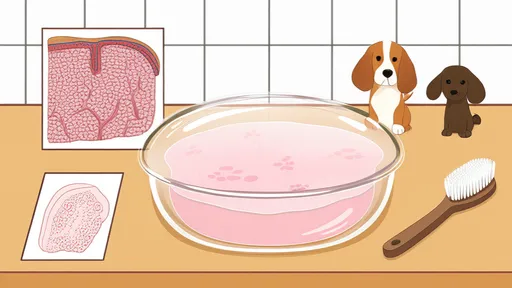
By /Aug 20, 2025
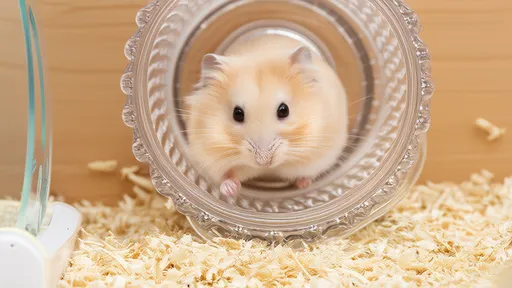
By /Aug 20, 2025
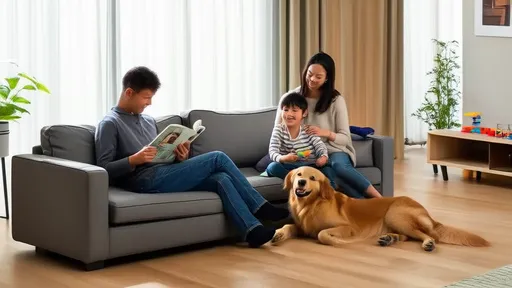
By /Aug 20, 2025
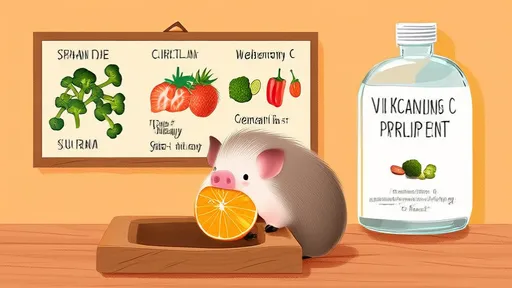
By /Aug 20, 2025

By /Aug 20, 2025
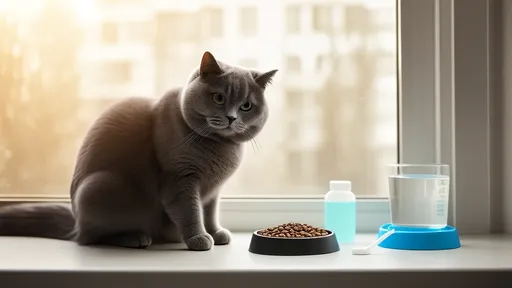
By /Aug 20, 2025
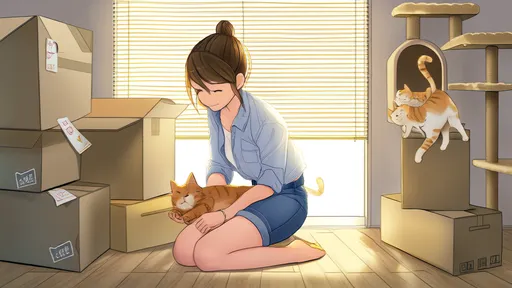
By /Aug 20, 2025
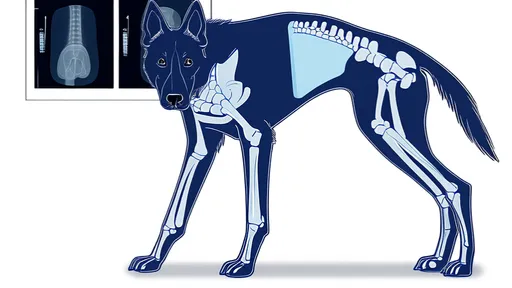
By /Aug 20, 2025
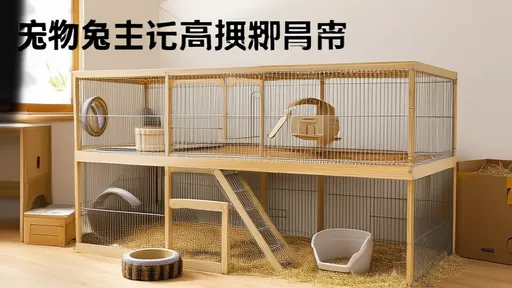
By /Aug 20, 2025
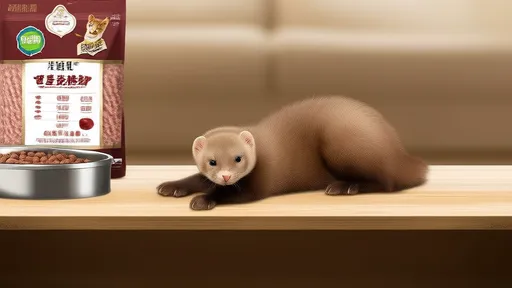
By /Aug 20, 2025
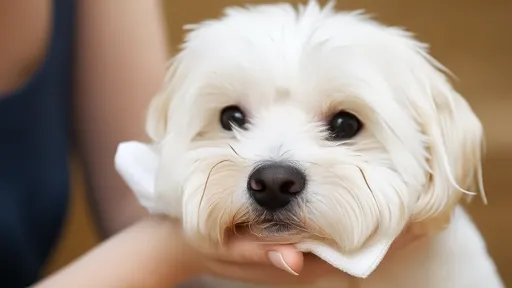
By /Aug 20, 2025
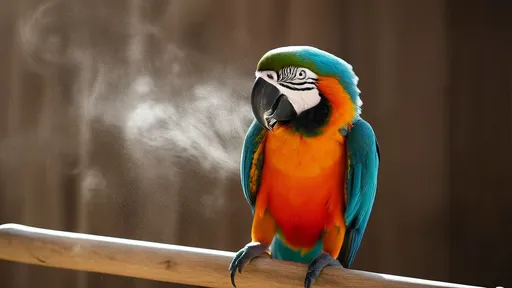
By /Aug 20, 2025
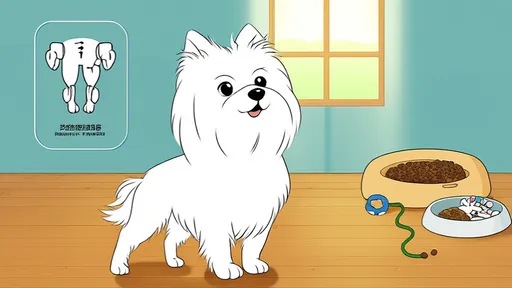
By /Aug 20, 2025
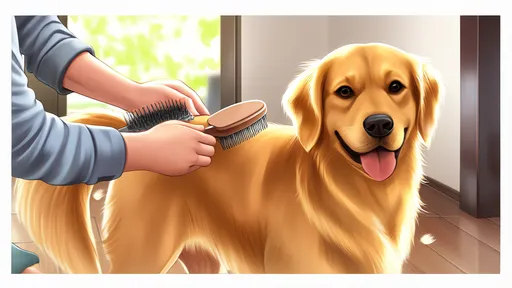
By /Aug 20, 2025
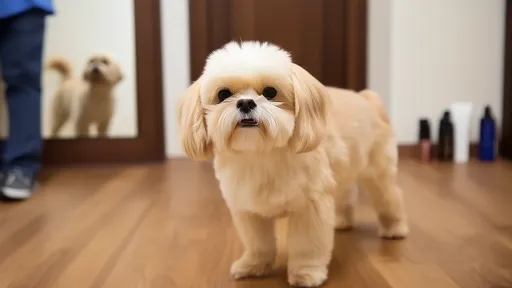
By /Aug 20, 2025
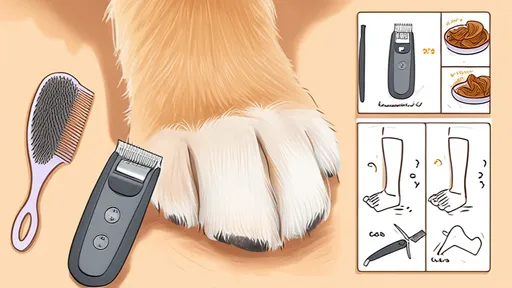
By /Aug 20, 2025
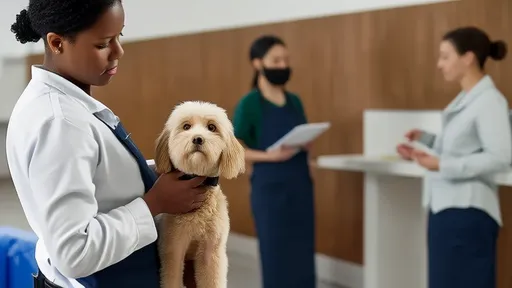
By /Aug 20, 2025
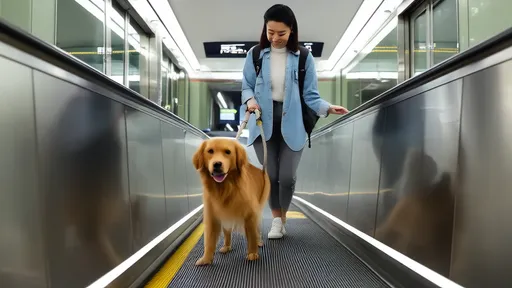
By /Aug 20, 2025
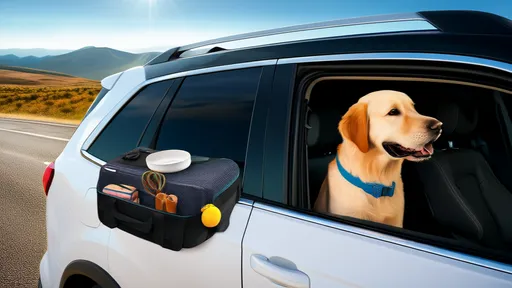
By /Aug 20, 2025
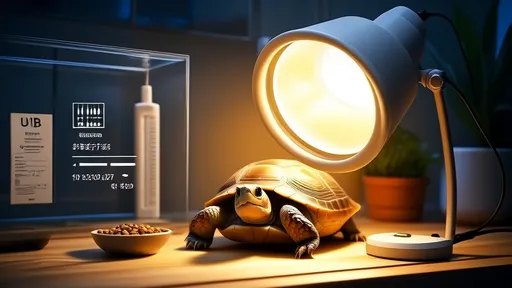
By /Aug 20, 2025